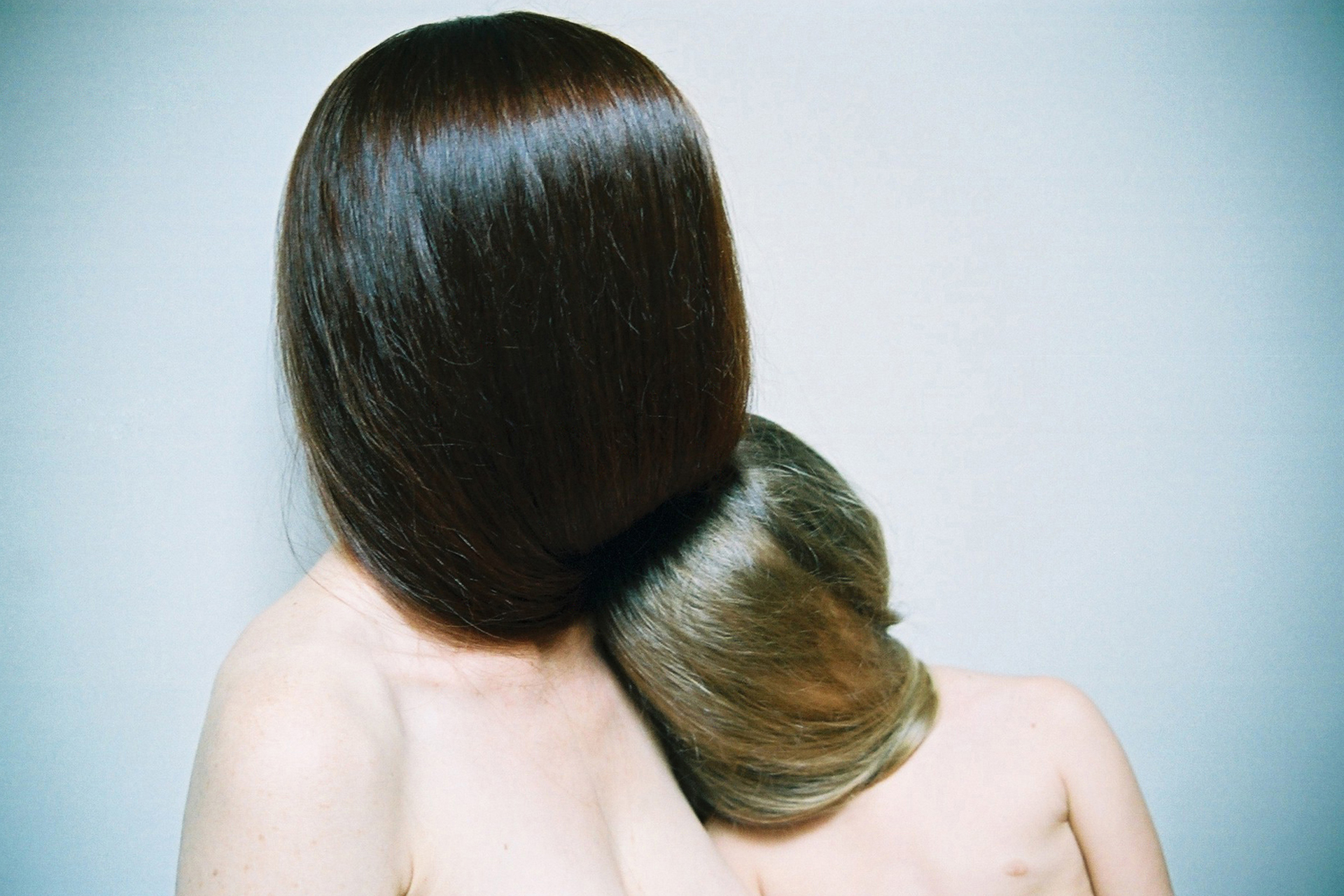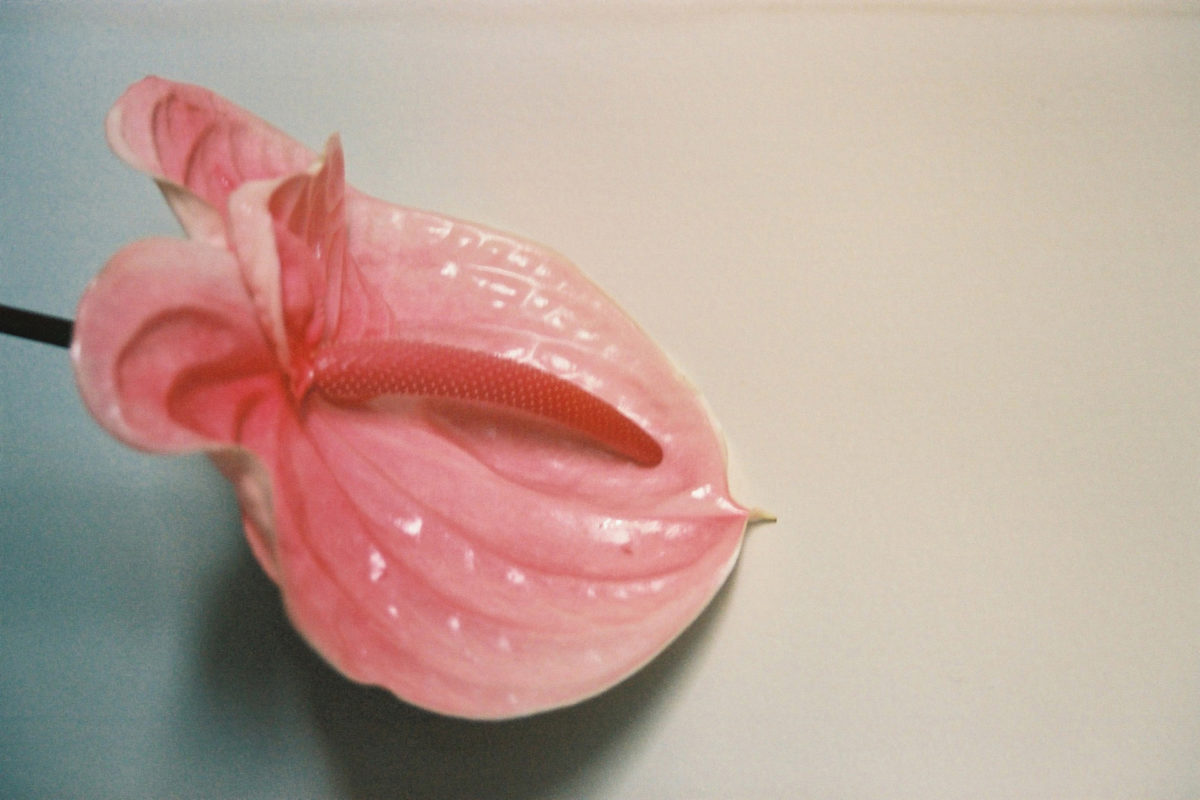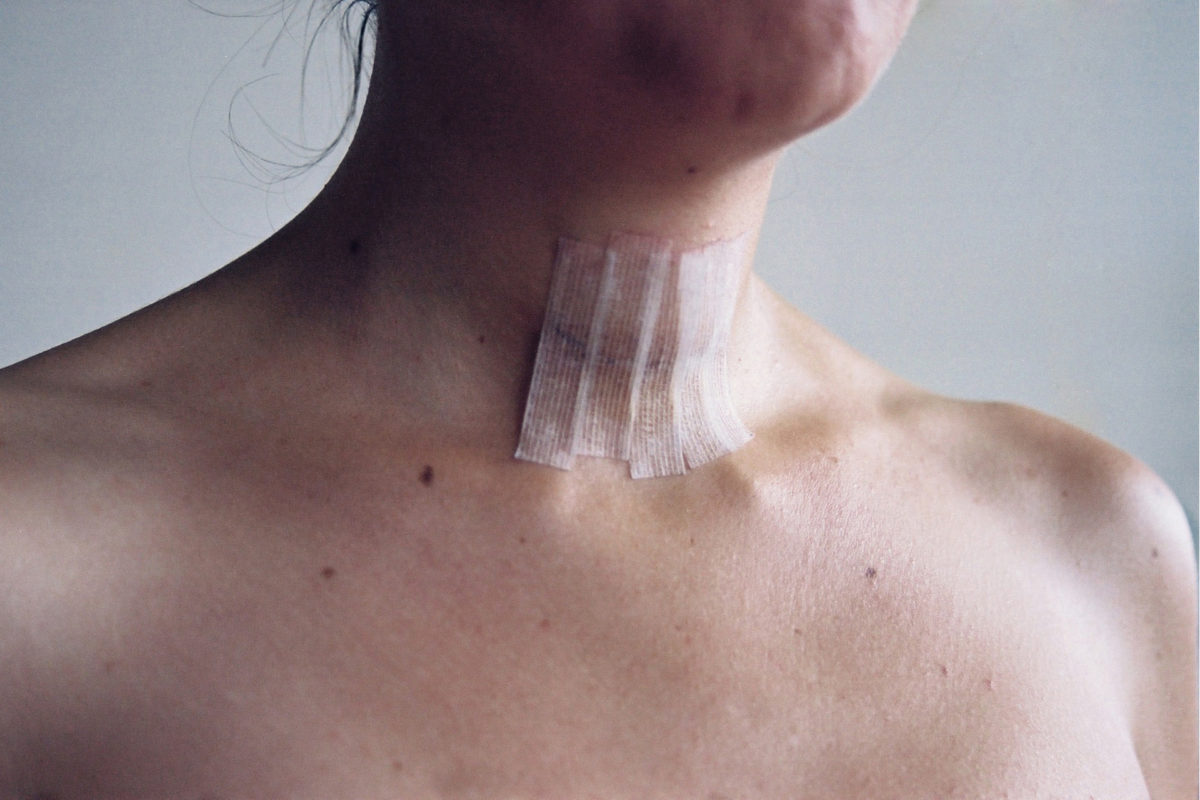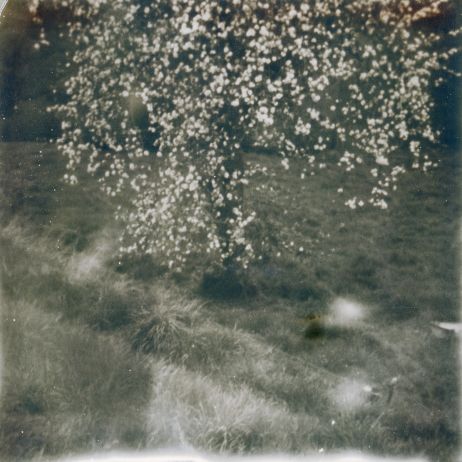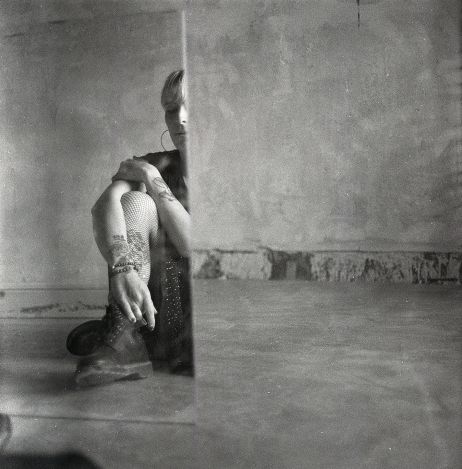Patricia Combacal writes stories with images. Her series Décillement (opening somebody’s eyes, ed.) highlights the moments of epiphany, and the confusion following it, a feeling which can be traced back to psychoanalysis.
Fisheye : How did photography enter your life?
Patricia Combacal : I started taking pictures of details, of fragments of bodies, and taking portraits of the people close to me with a small Olympus when I was in secondary school. I then pulled away from photography for a few years, before reuniting with the medium when I travelled to Vietnam. It was ten years ago, and my friend and I had gone on an adventure. They pushed me to buy a new camera and take pictures. But I refused, I felt it was too cliché, this group of friends, going on a road trip in South-East Asia… And the day before leaving, I couldn’t resist. I bought a digital compact, and I took 2000 pictures during the trip. When I returned home, I entered a local photo studio, in Toulouse in the South of France, I wanted to do something with these images.
How would you define your relationship with the medium?
Photography, for me, is a way to write. I use it this way. A successful series is one I can compare to a rebus, to a novel. In a series, there may be a sequence that would be narrowed down, which could compare to a strong sentence, a quote from a book. Sometimes, photography is symbolist, like poetry. I capture details. In life, this is what I notice, what interests me. I am a child’s psychoanalyst and speech therapist, and in those jobs too, what is important, what we focus on, is detail. It is a focus on a small thing to deal with something greater.
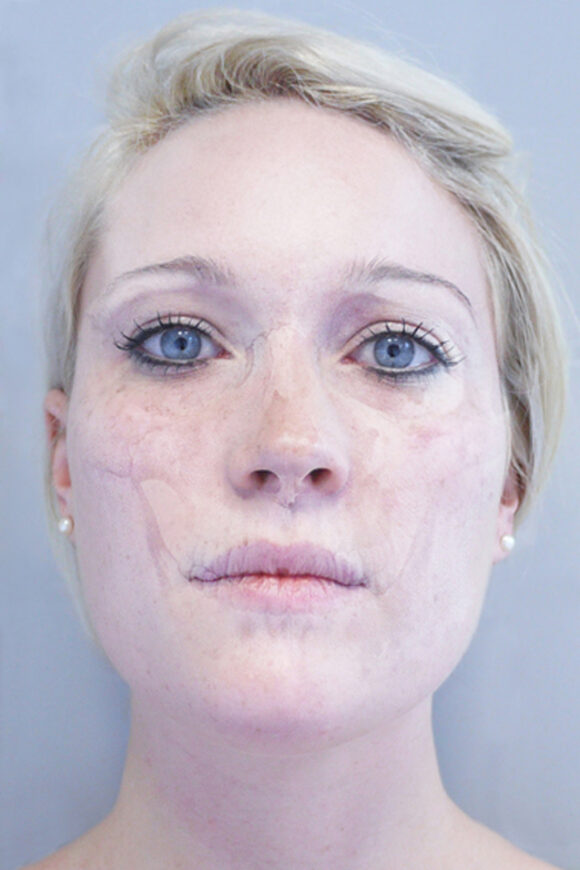
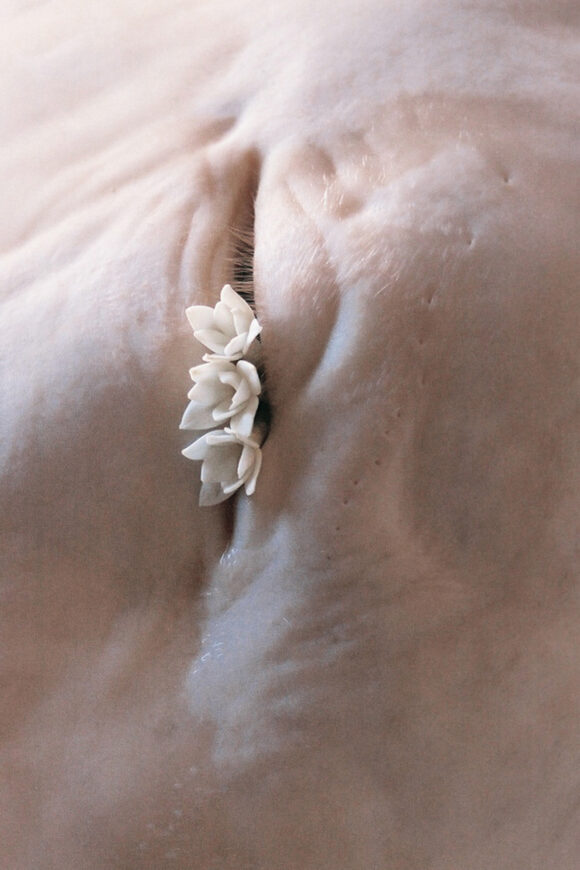
What does Décillement mean to you?
I started from this confusion one can feel during a violent, even painful epiphany. Things that I encountered during my personal psychoanalysis. Those complicated moments which also seem to become a springboard to something else, which launch a metamorphosis. This is what Décillement means. To acknowledge something, violently.
How was the series born?
Before putting the series together, I wrote it. The very first image I pictured was the last of the series. It is a photomontage, a skull overlapping the face of a young woman. This picture deals with the awareness of growing old, it is a from of vanity. From there, everything I wanted to represent came to me. The difficult communication between a mother and a daughter, mourning, nightmares… and all those essential elements linked to the motion of the psyche, but which are not understandable straight away. This is what I want to represent, but it can also be read in another way. There are many possible interpretations.
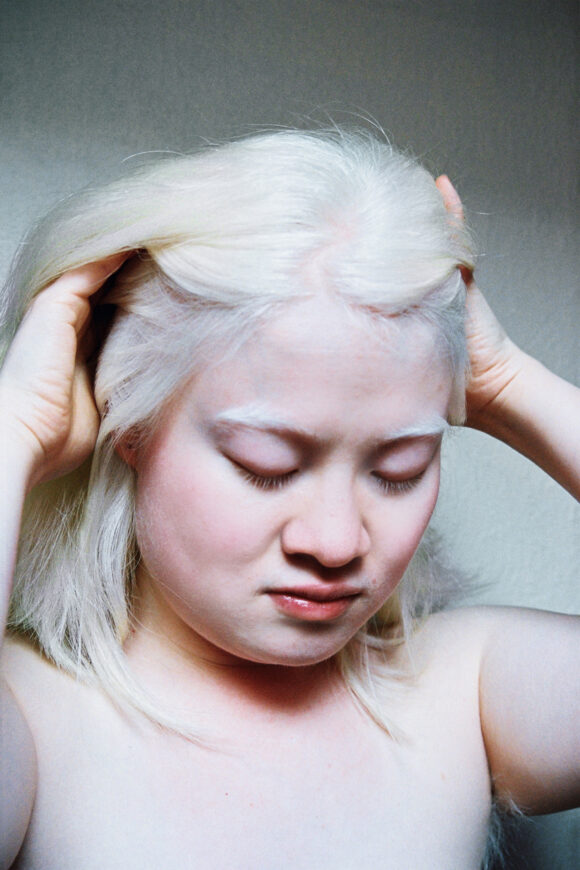
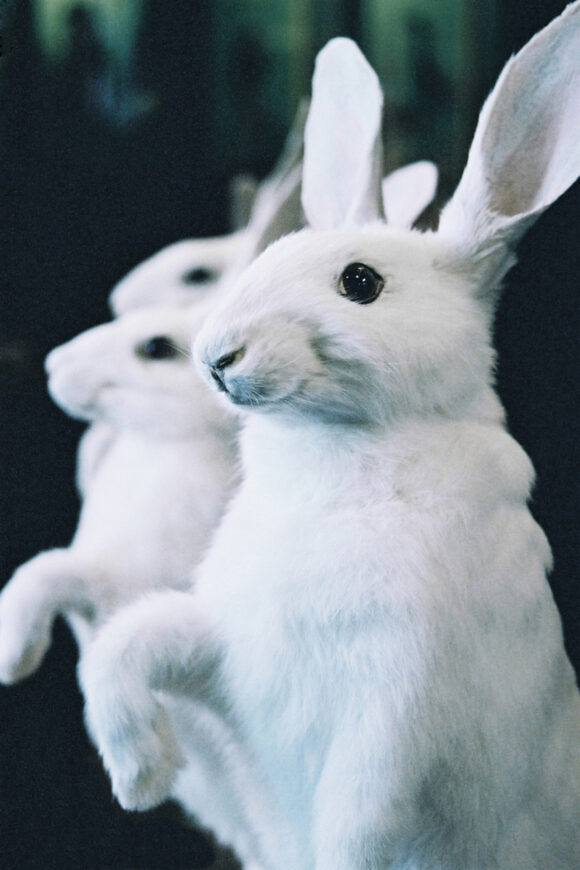
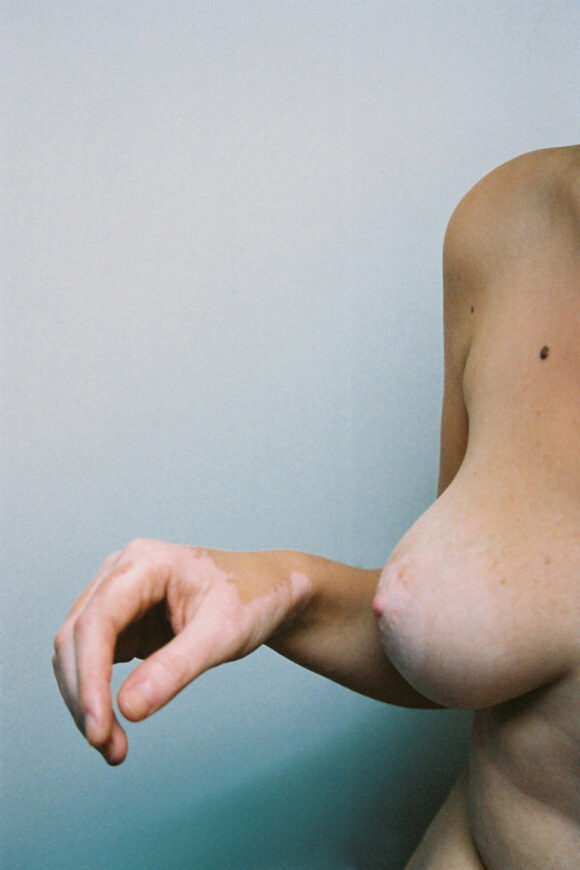
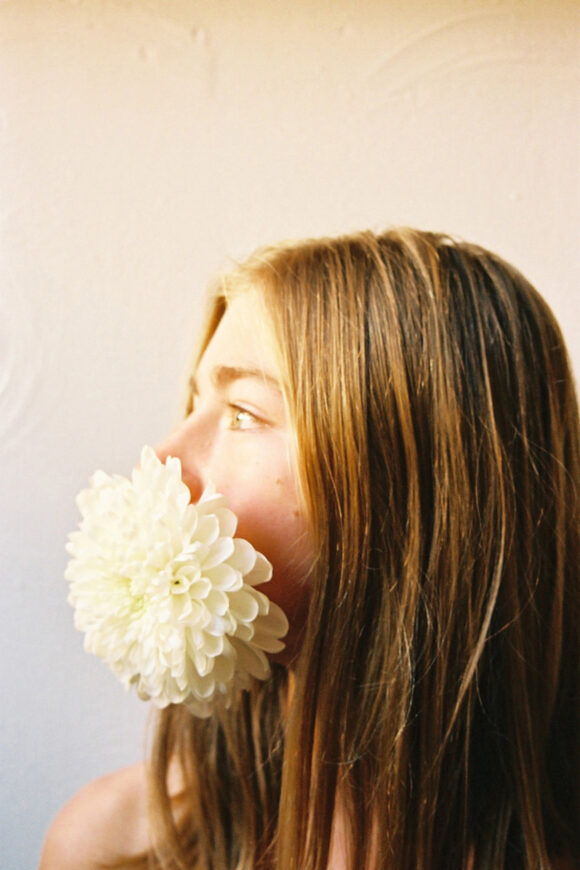
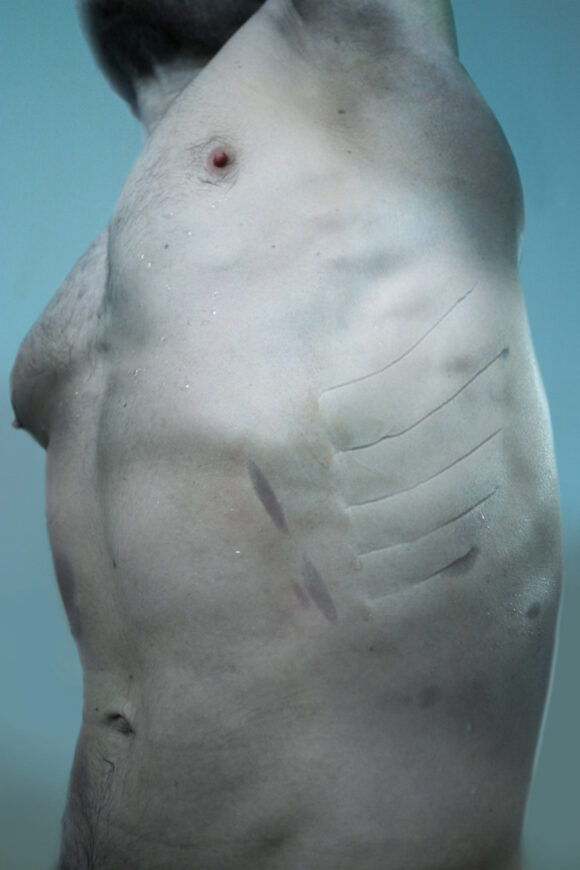
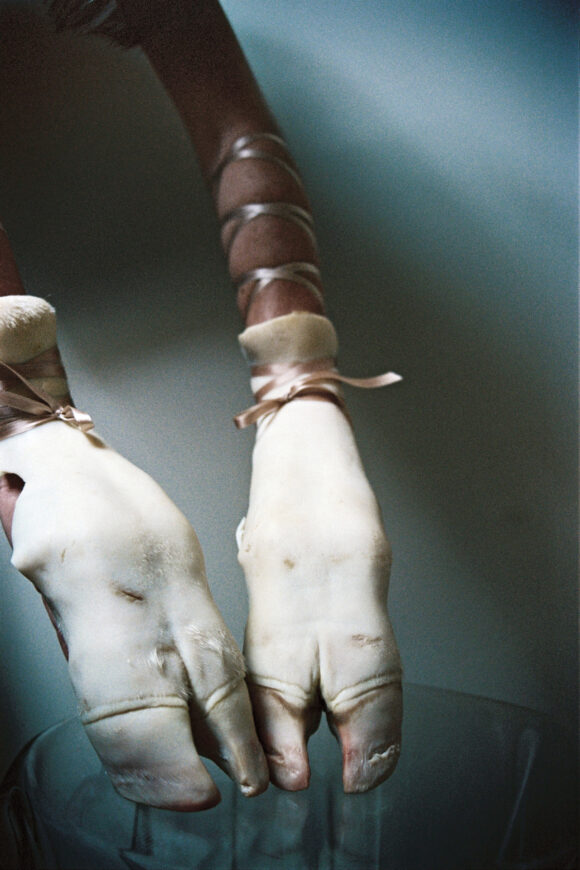
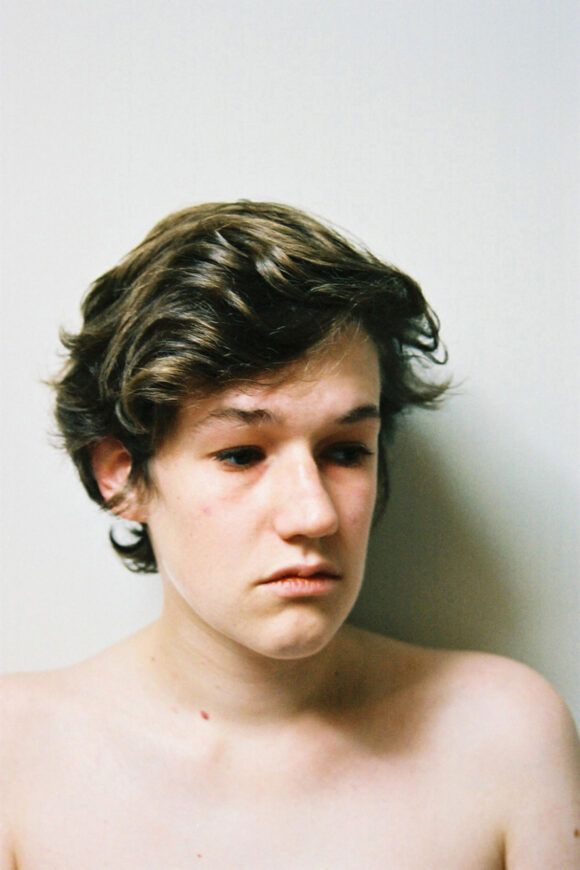

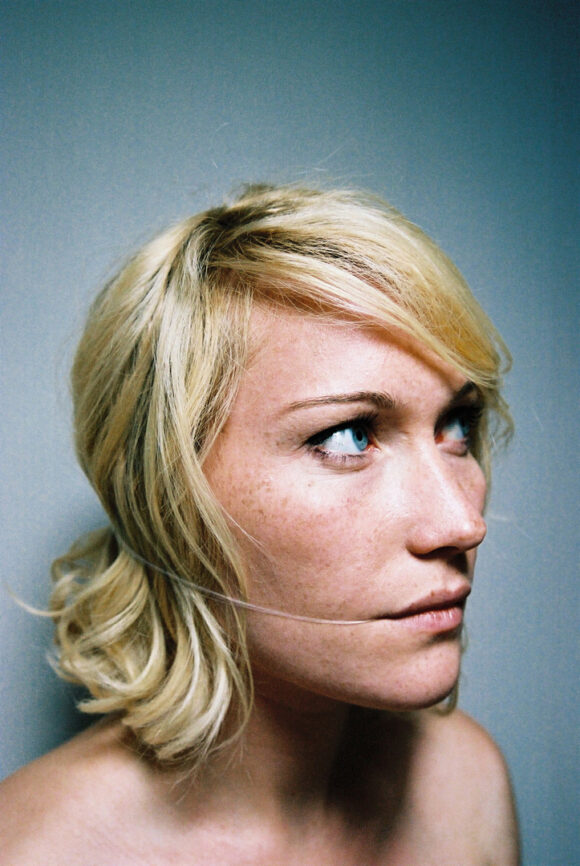
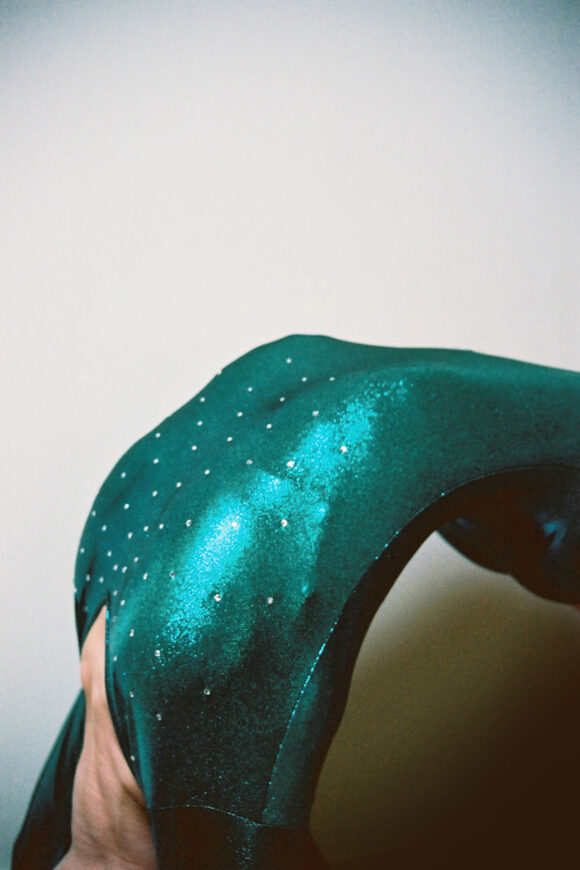
© Patricia Combacal
